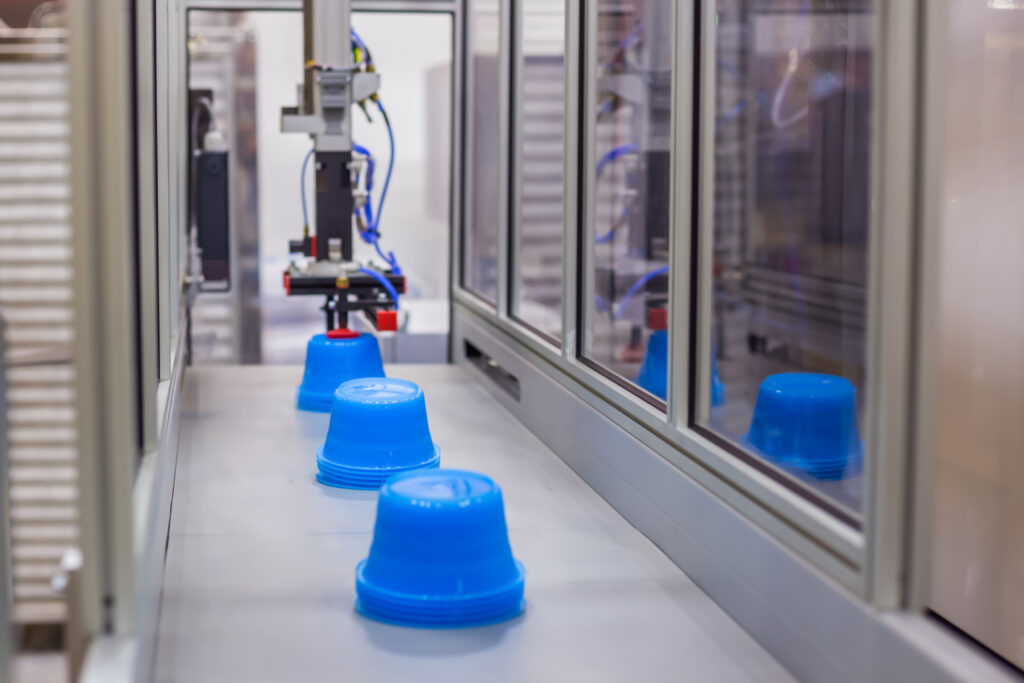The role of PFAS in the production of high performance materials
Many applications in our daily lives are made from thermoplastic polyurethane (TPU). This compound presents a wide array of useful properties: elasticity and tear-resistance, high tolerance to abrasion and impact, endurance to elevated temperatures and repellence to grease and oil. To gain even more endurance, TPU can be reinforced with glass-fibre and other tough materials for specific applications. These properties make TPU the perfect material for the manufacture of high performance applications, such as seatbelts, water hoses, and cable insulation and sheathing for electronic cables and tyres.
However, during the manufacturing of these applications, TPU goes through a polymerisation process, which renders the compound very sticky. If not taken into consideration, this may cause problems in the production line and ultimately affect the final quality of the applications.
How is this issue solved? The answer lies in the non-stick properties of a type of PFAS known as PTFE. This substance is added to the conveyor belts used in production lines, which allows TPU to undergo the polymerisation process without getting stuck. PTFE conveyor belts can be used on both sides for up to 5 days before they have to replaced. A highly productive plant can use up to 21.700 m2 of PTFE per year for its production lines - this equals the size of around 2170 cars – to allow for a production of an average of 90 kilotonnes of TPU.
PTFE used for conveyor belts has an optimal life expectancy. Without it, they would most likely have to be serviced and replaced more frequently, leading to a much lower productivity and more waste.

